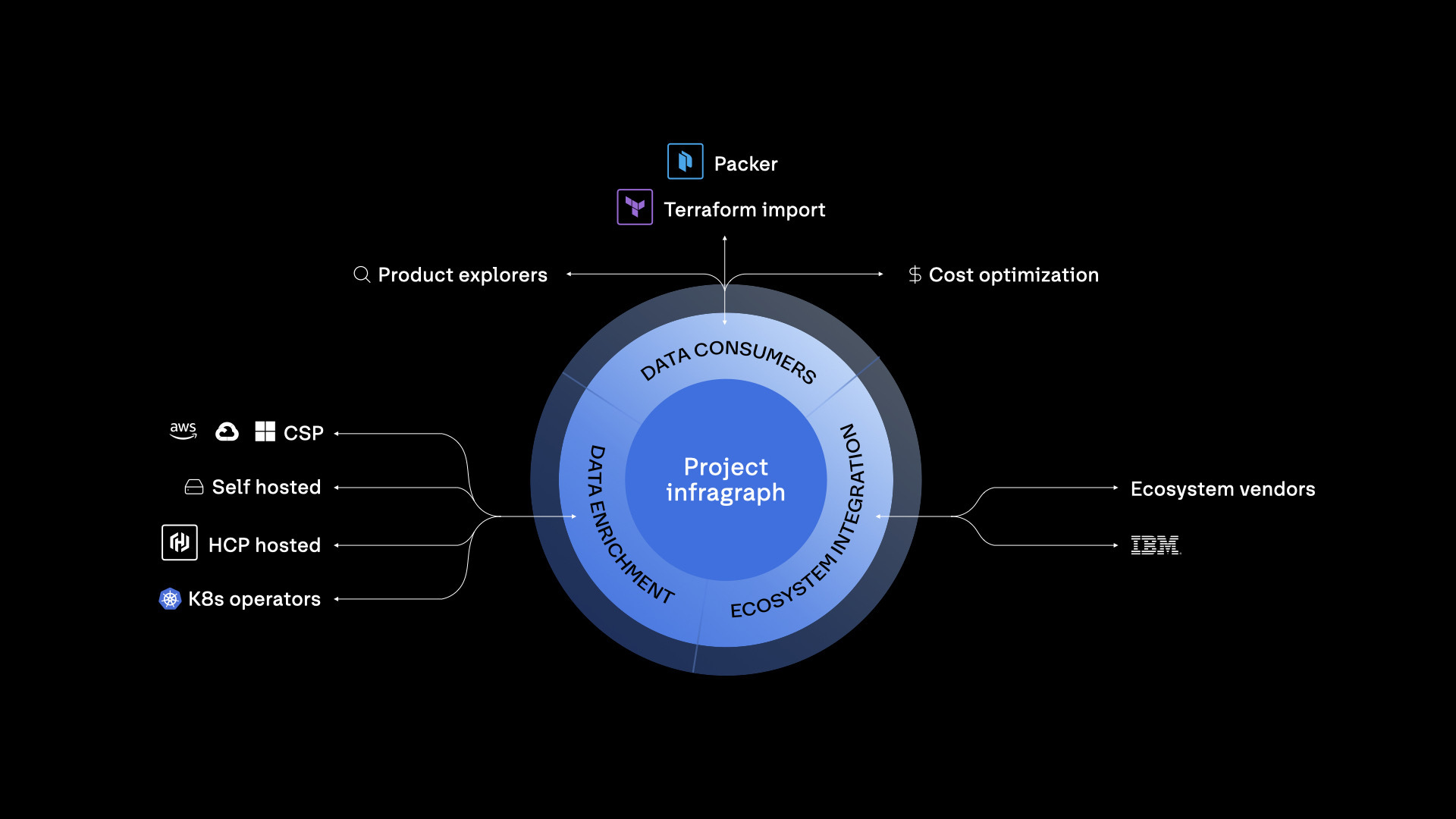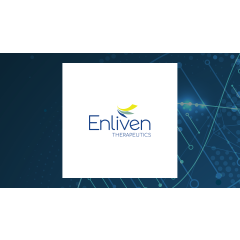By Janakiram Msv,Joab Jackson
Copyright thenewstack

As anyone who works with infrastructure knows, there are limited tools for understanding all of an organization’s IT assets, offering limited visibility and context. As a result, Day 2 operations like patching can suffer due to this incomplete accounting.
Governance and compliance often go lacking as well, as a result.
At IBM’s HashiCorp HashiConf 2025 user conference in San Francisco this week, the company debuted a new infrastructure management project that could help organizations unify infrastructure and security operations with an AI-ready control plane.
In its realized form, Project infragraph unites all of an organization’s infrastructure, security and applications under a single data and policy model.
What Is Project infragraph?
Technical details are still a bit scarce — the project will only begin a private invite-only Beta phase in December — though its scope will be sweeping in nature, as it will be integrated with IBM’s large software portfolio, with proposed integrations to Red Hat Ansible, OpenShift, IBM watsonx Orchestrate, Cloudability and other platforms.
These platforms will be paired with Project infragraph through Model Context Protocol (MCP)-server-based natural language interfaces.
The Technical Significance of infragraph
“The technical significance here cannot be overstated. Project infragraph essentially builds a real-time relational model connecting infrastructure, applications, services, and ownership — creating the necessary foundation for future agentic (AI-powered autonomous) workflows,” observed business analyst firm StockTitan in a note.
In February, IBM finalized its acquisition of cloud computing infrastructure software provider HashiCorp.
It is one of a number of enhancements to the HashiCorp portfolio that were introduced at the show this week.
A Unified System for Infrastructure Management
To be built on the HashiConf Cloud Platform, Project infragraph will be a unified control plane that could provide a more thorough accounting, using a graph that lists all the assets, which systems they serve and how they are connected. It should work across multiple cloud and in-house deployments.
The workflows across the different assets will be captured in a relational model. As a result, any changes would be captured in a near-real-time view. Team ownership and configuration changes will also be noted, allowing for new possibilities in automation and policy enforcement.
It also opens the door for the use of AI agents to programmatically execute remediation, optimization and planning workflows.
Other Announcements From HashiConf 2025
In general, information life cycle management (ILM) was a big concern for HashiCorp this year, as the company built a number of new features across its portfolio supporting ILM in HashiCorp Terraform and Packer, with an emphasis on supporting automation, cost optimization and compliance across hybrid environments.
Other debuts include HCP Terraform Search (in Beta), HCP Terraform Actions (Beta) and the general rerelease of HCP Terraform Stacks, a tool for managing multiple running instances of Terraform.
Identity-driven security was also a big concern, and the company unveiled HCP Boundary RDP Credential Injection (Beta), HCP Vault Radar Jira SaaS Scanning, IDE plugin enhancement (Beta) and HCP Vault Dedicated – Secrets Inventory Reporting (Beta).



